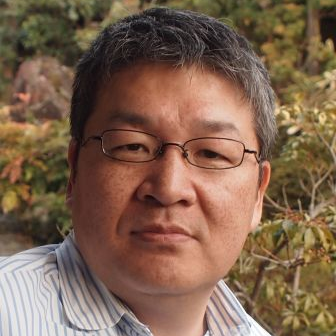Photoinduced Cooperative Phenomena
A special issue of Applied Sciences (ISSN 2076-3417). This special issue belongs to the section "Optics and Lasers".
Deadline for manuscript submissions: closed (30 May 2019) | Viewed by 47551
Special Issue Editors
Interests: theory of photoinduced phase transition
Interests: theory of relaxation dynamics of excited states and wavepacket dynamics
Interests: photo-induced phase tansition and ultrafast control of cooperative phenomena
Special Issue Information
Dear Colleagues,
Recent progress on the study of photoinduced cooperative phenomena has shed light on long-standing theoretical and experimental problems with nonequilibrium dynamics of excited states. It has been shown that, not only the electronic correlations, but also the interplay of electrons, phonons, and photons, are a key to understanding the mechanism of these phenomena, which also opened up the possibility of the coherent control method.
Both theoretical and experimental studies have been presented to reveal the cooperative nature of the relaxation dynamics during and after irradiation of photons to strongly correlated electronic systems, charge transfer complexes, spin-crossover materials, etc. For this purpose, numerical calculations by various types of models have been performed, and experimental techniques have been developed to extract information on transient properties of phase transitions.
The aim of this Special Issue is to attract leading researchers in the area of photoinduced cooperative phenomena in an effort to highlight the latest exciting progress on both theoretical and experimental sides. Accepted contributions will include the current situation of new measurement techniques, as well as the fundamental properties of photoinduced cooperativity and their applications to coherent control of phase transitions.
Prof. Dr. Keiichiro Nasu
Prof. Dr. Kunio Ishida
Prof. Dr. Shin-ya Koshihara
Guest Editors
Keywords
- Transient dynamics of photoexcited states
- Time-resolved spectroscopy of cooperative phenomena
- Ultrafast structural dynamics
- Ultrafast manipulation of dielectric and magnetic states
- Coherent control of photochemical reaction
- Nonadiabatic dynamics of nuclear wavepackets
- Photoinduced phase separations/nucleations







